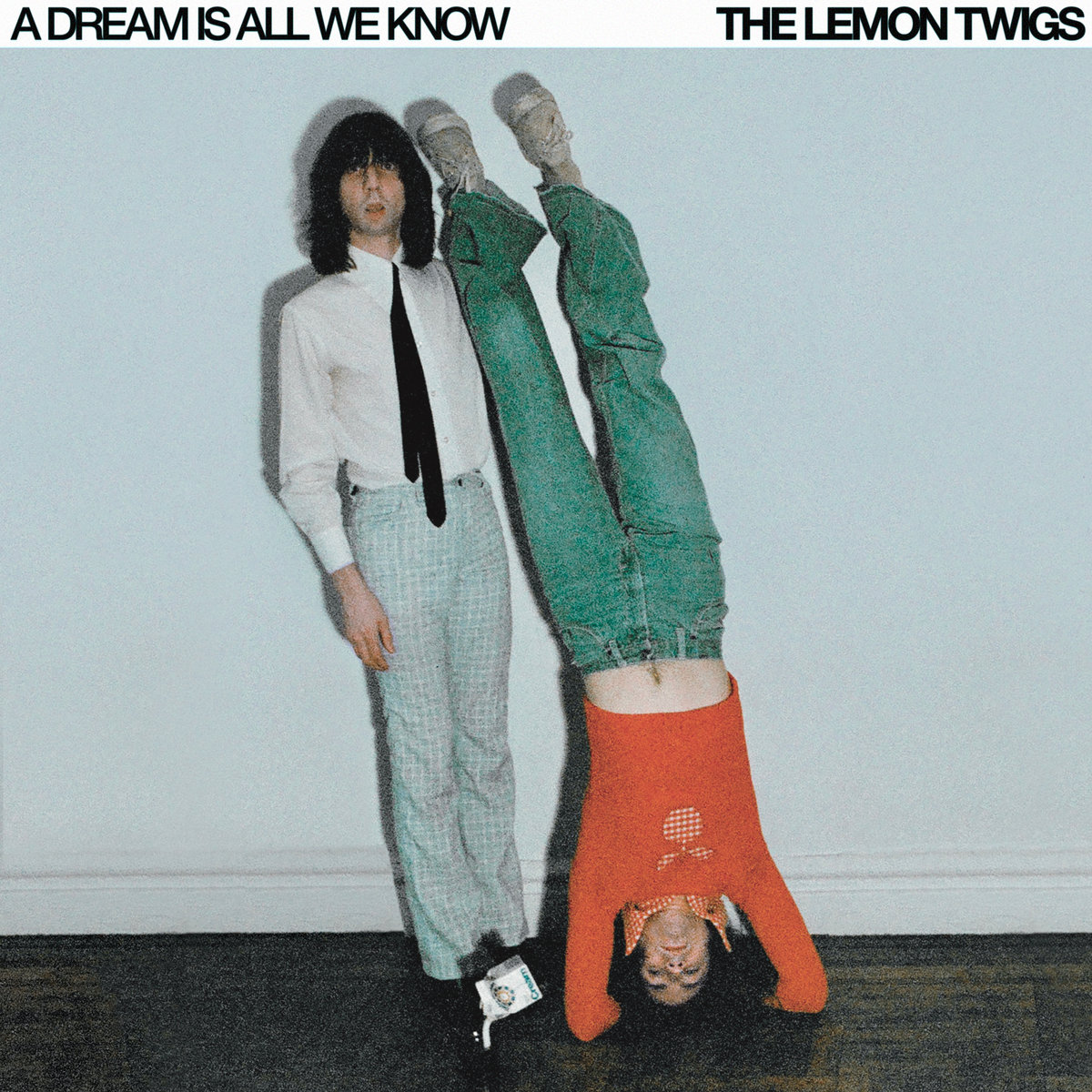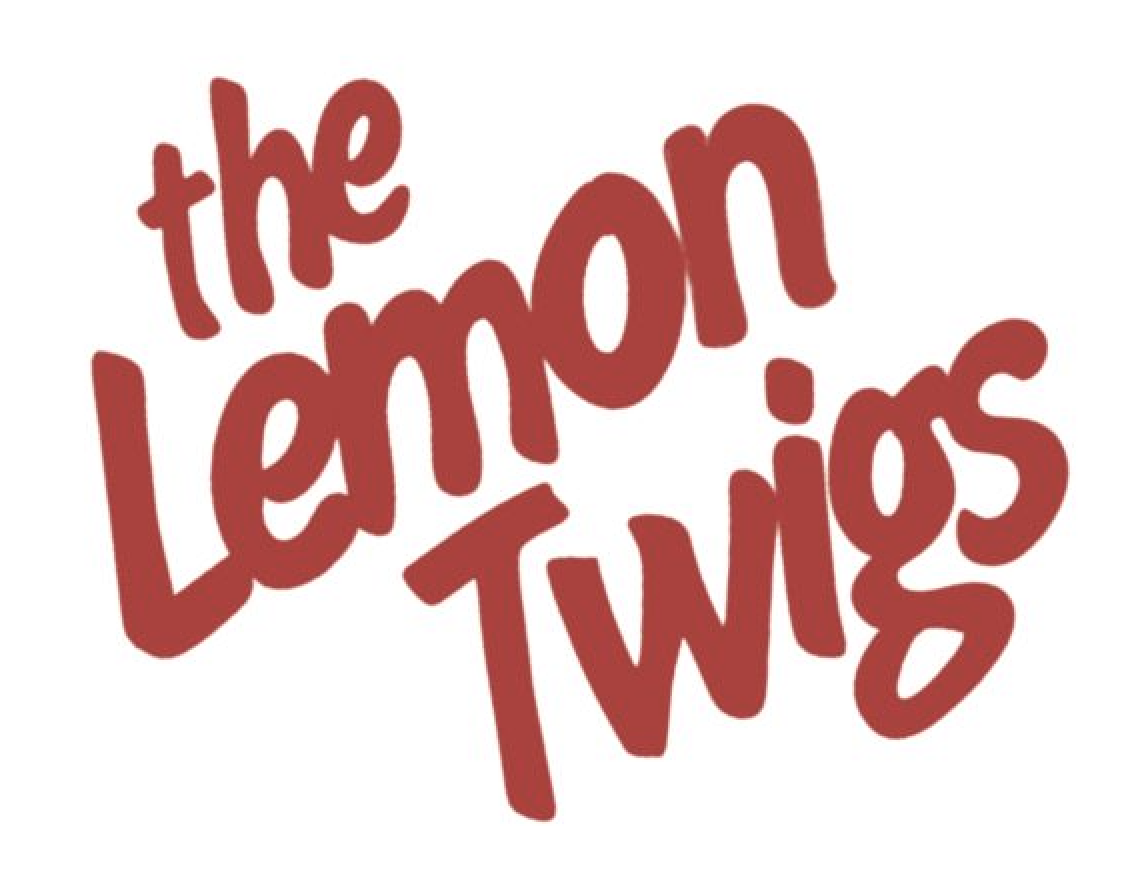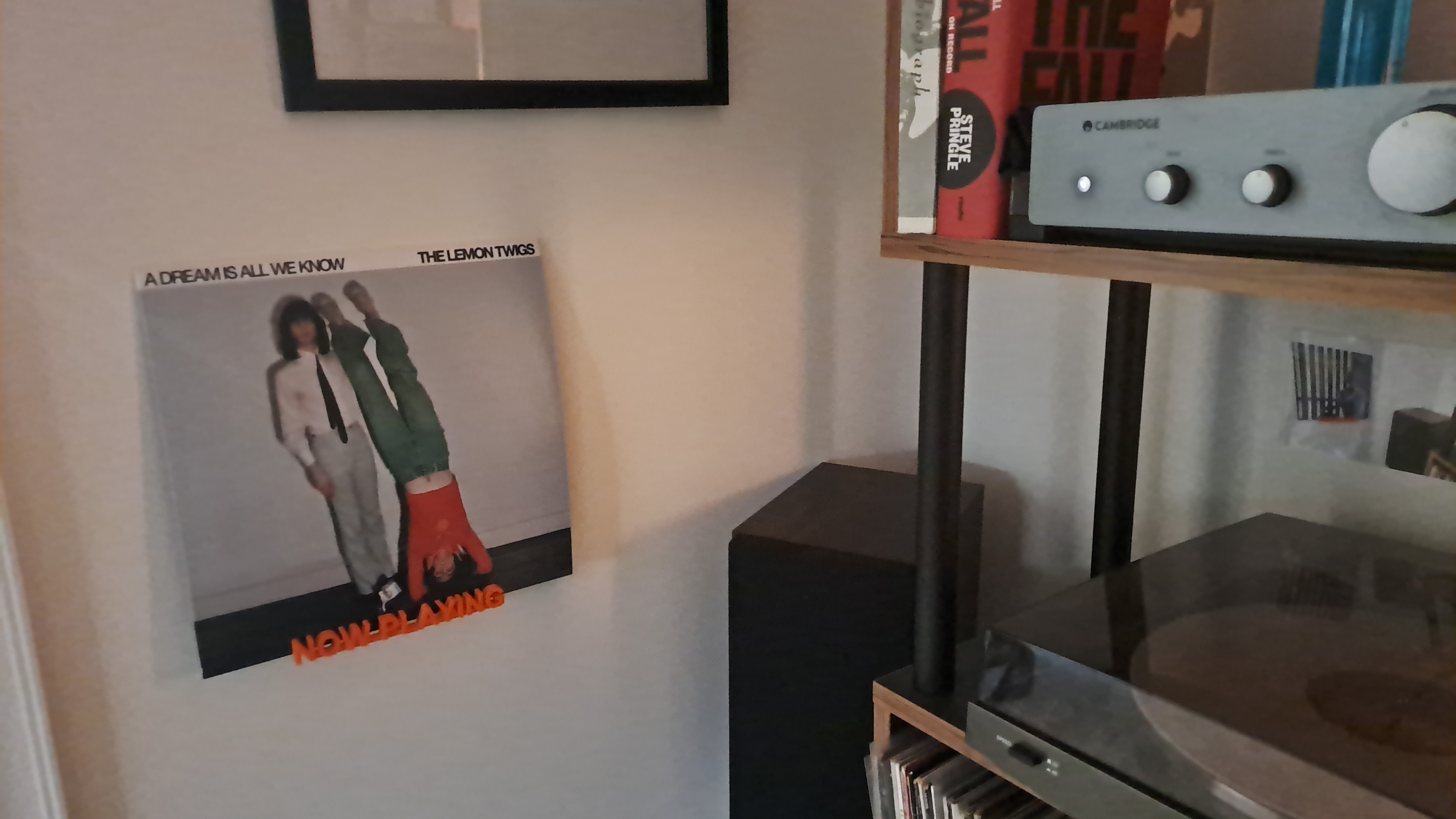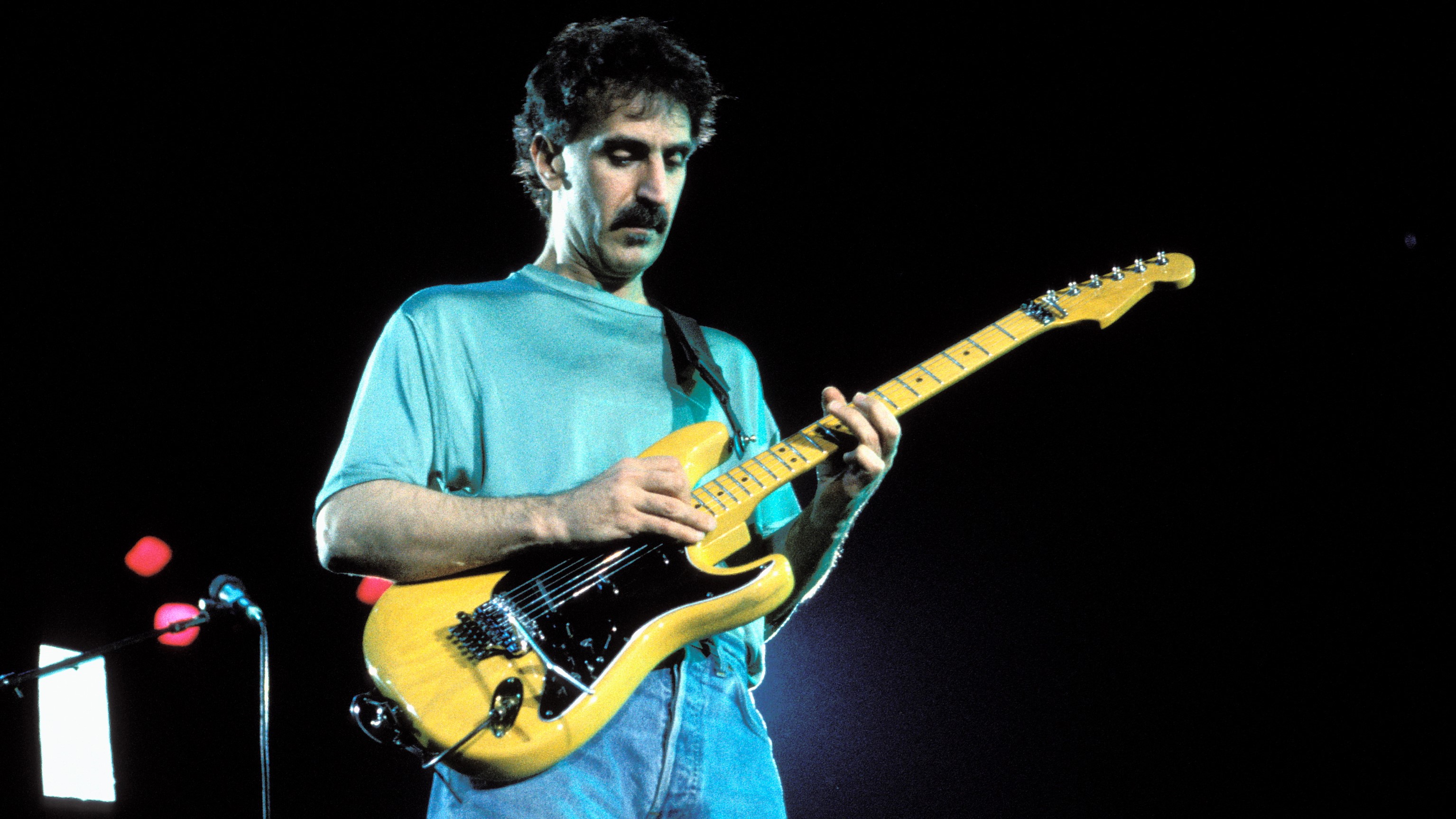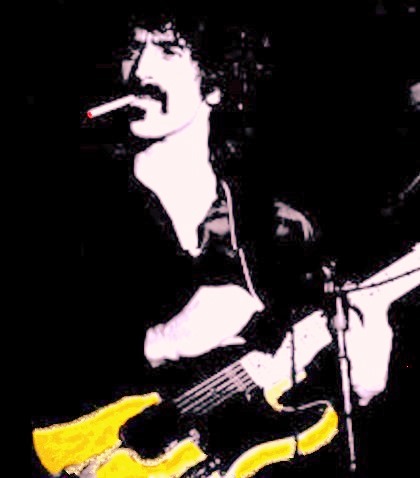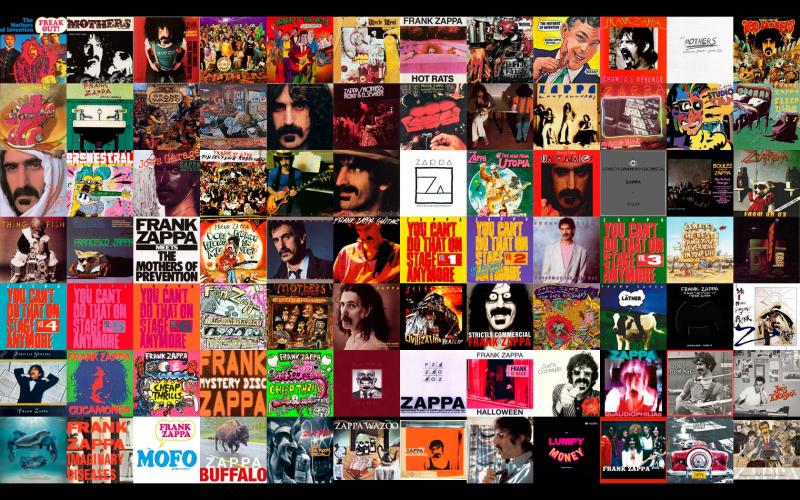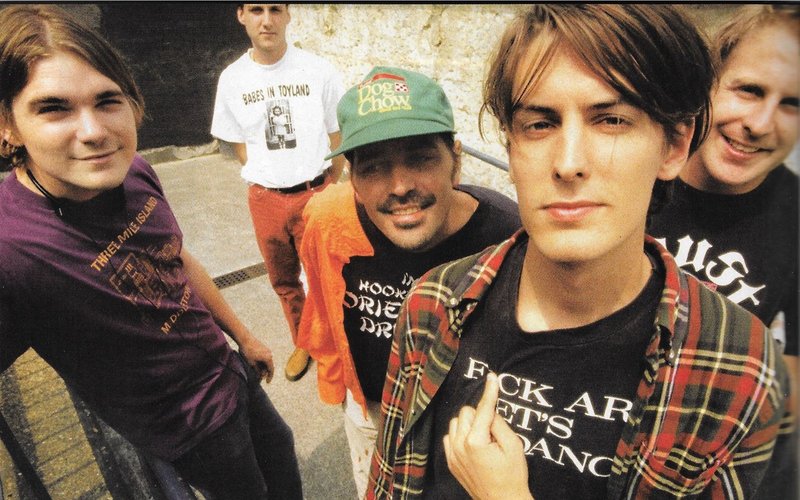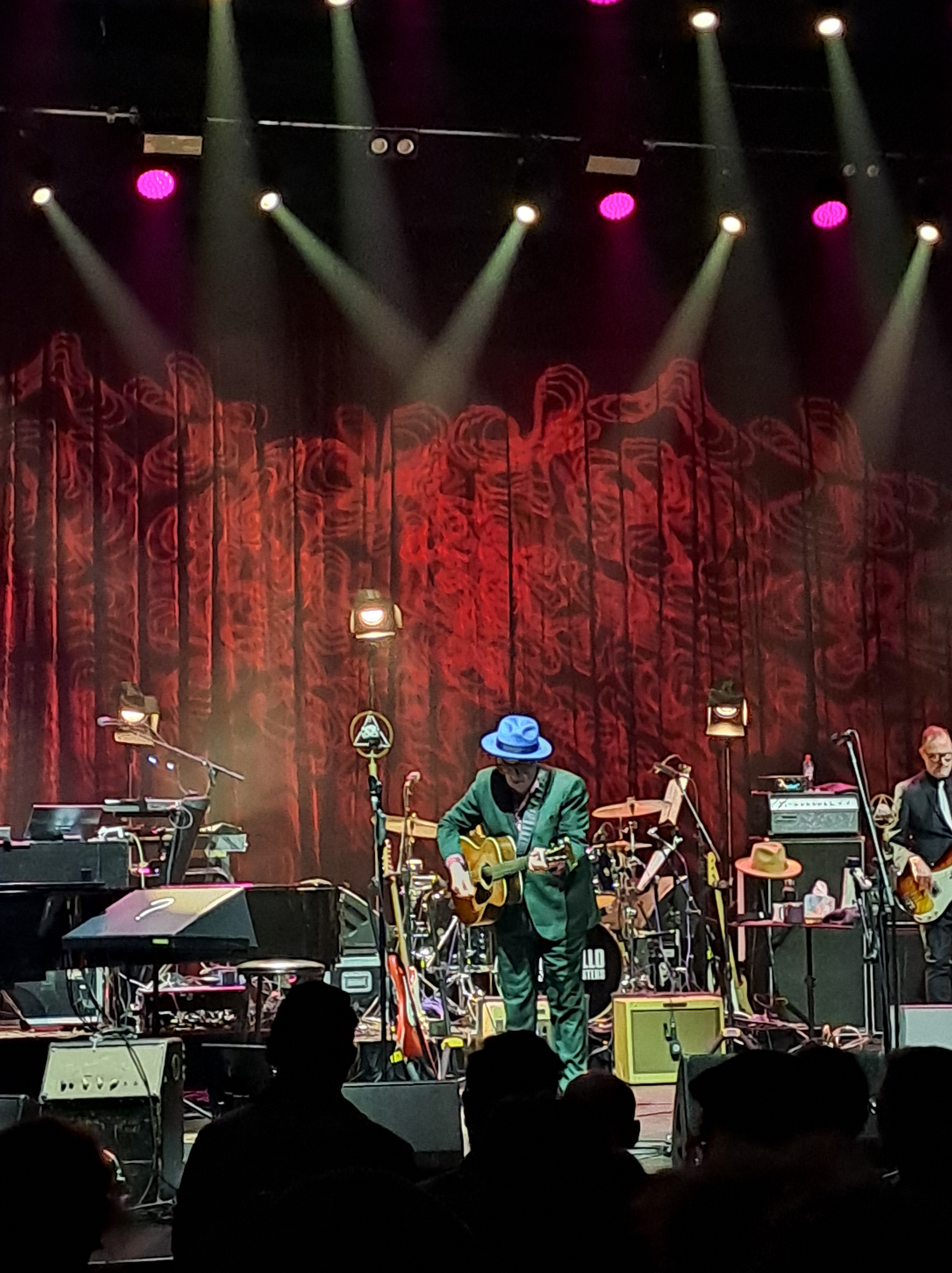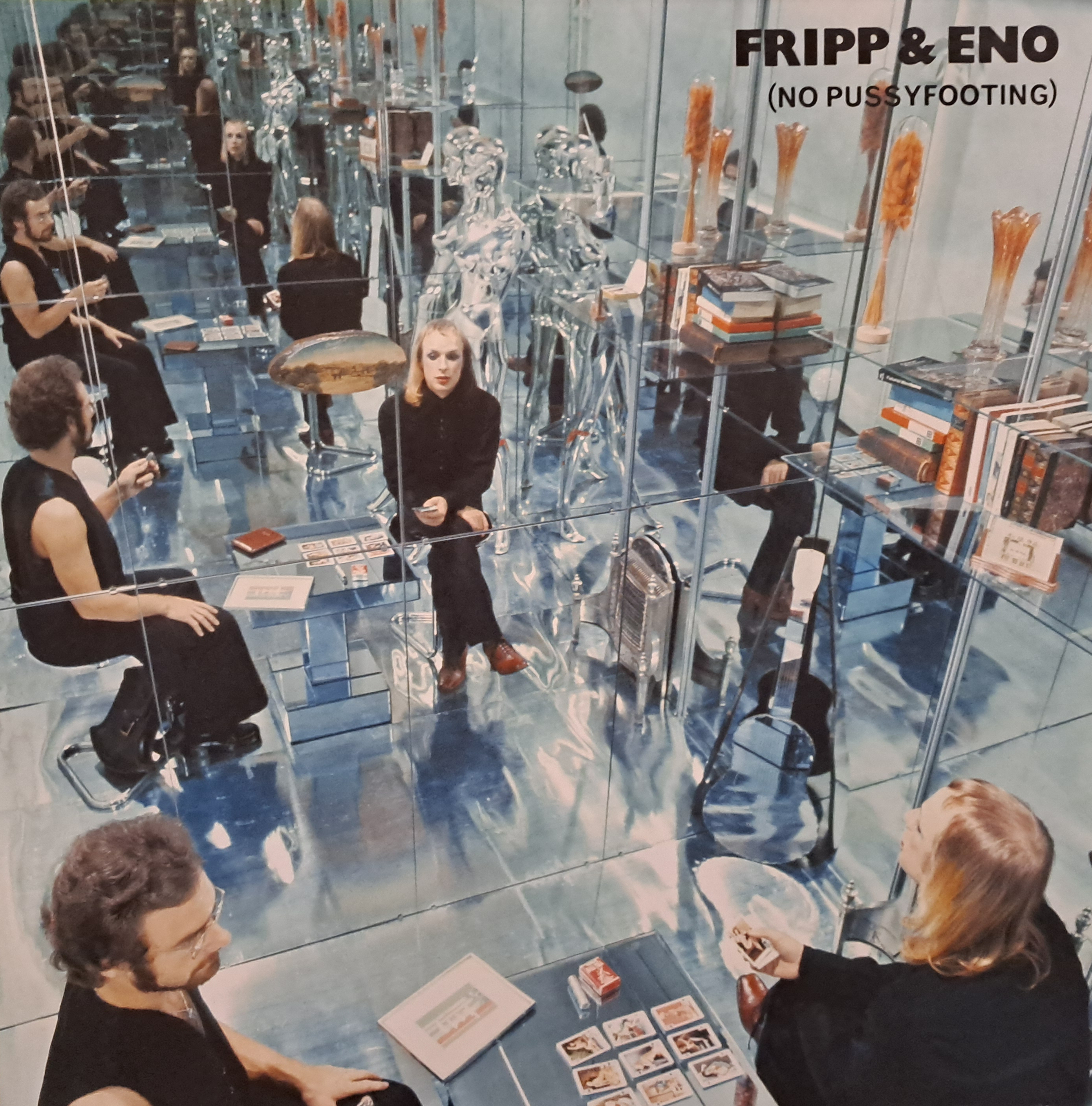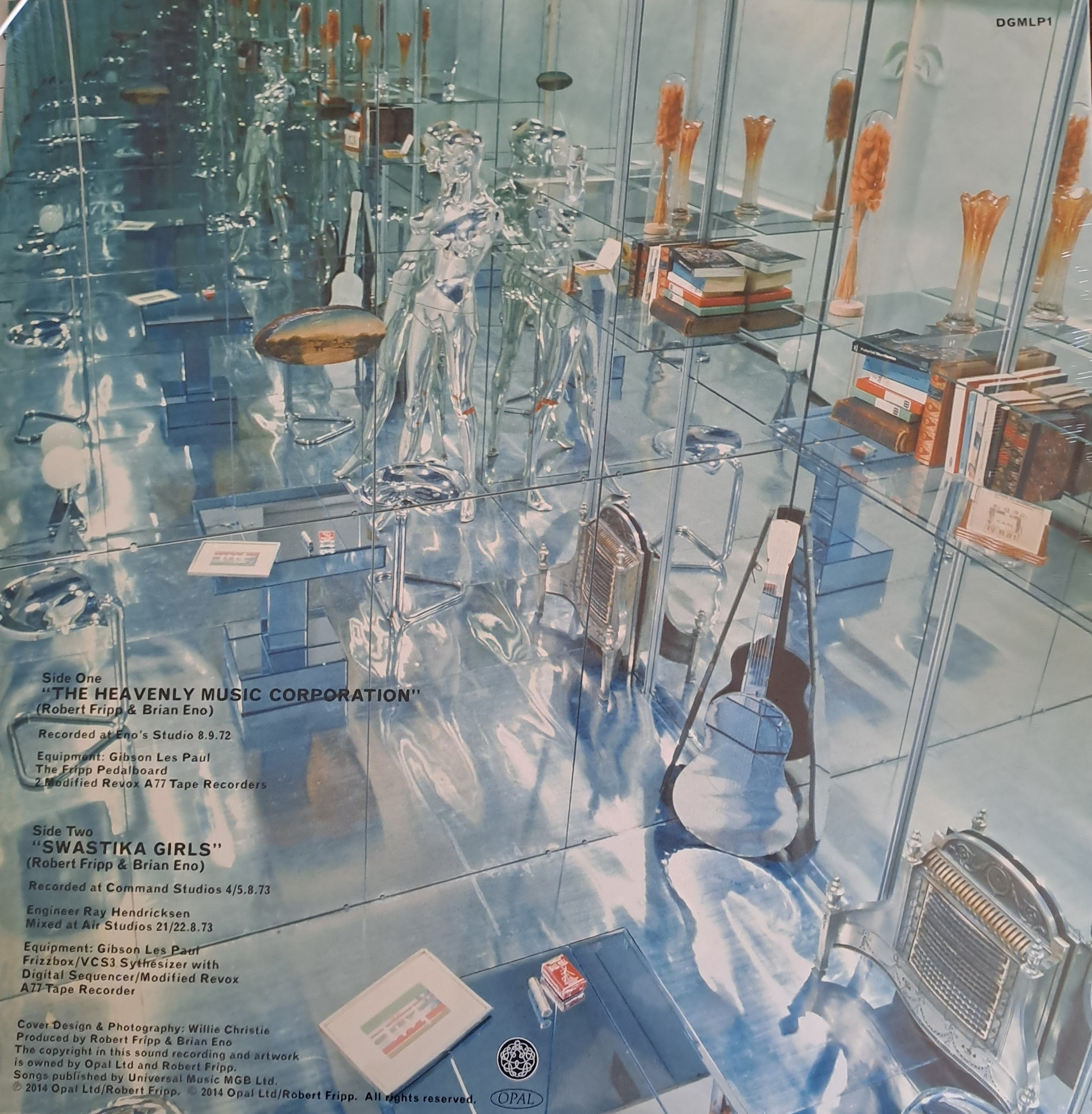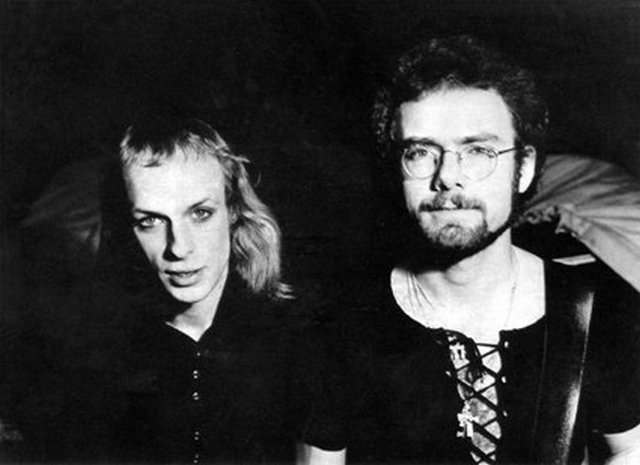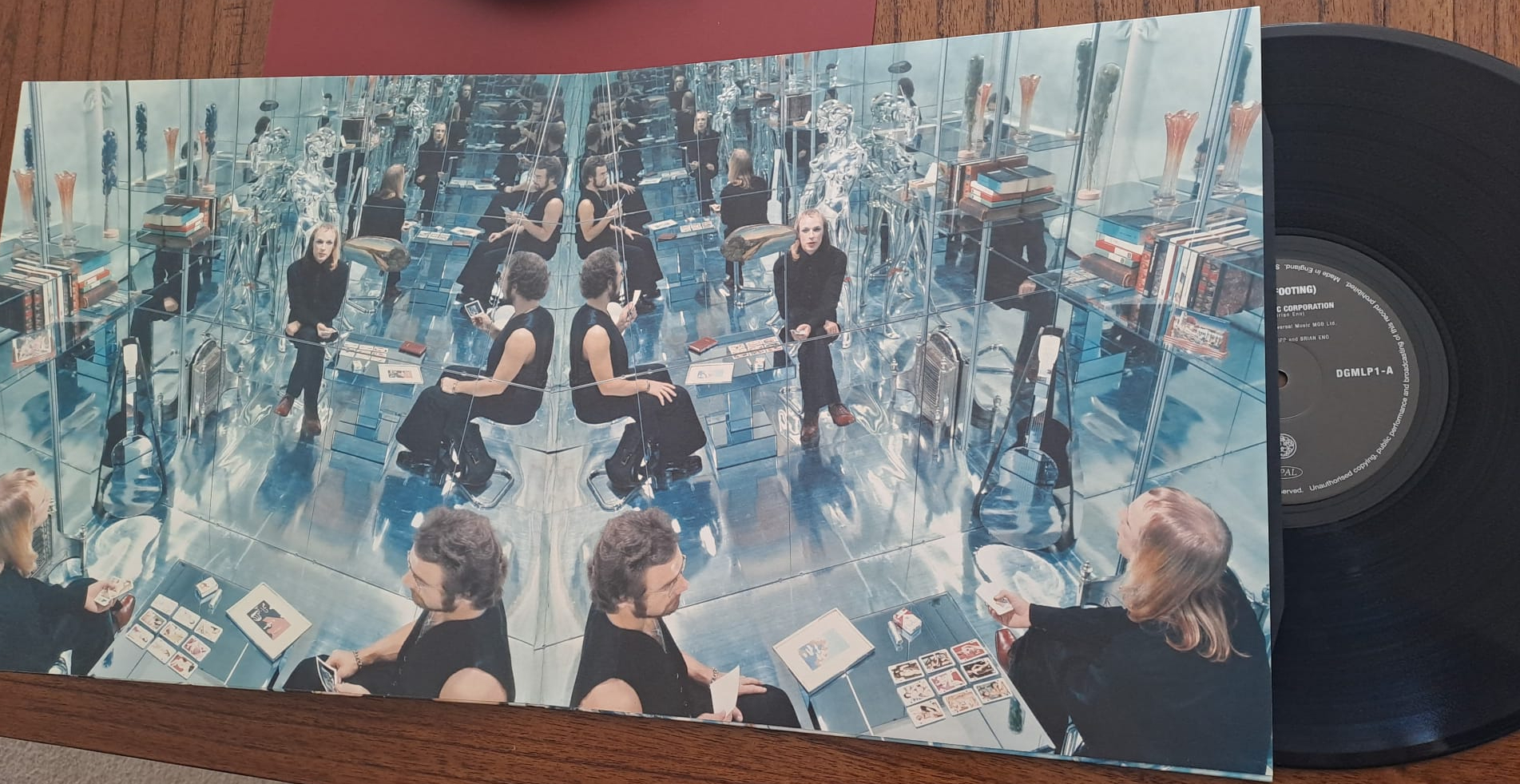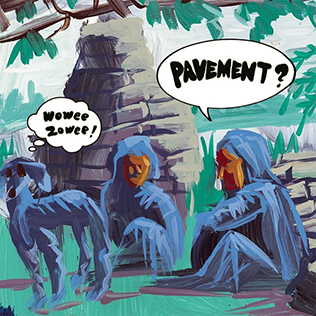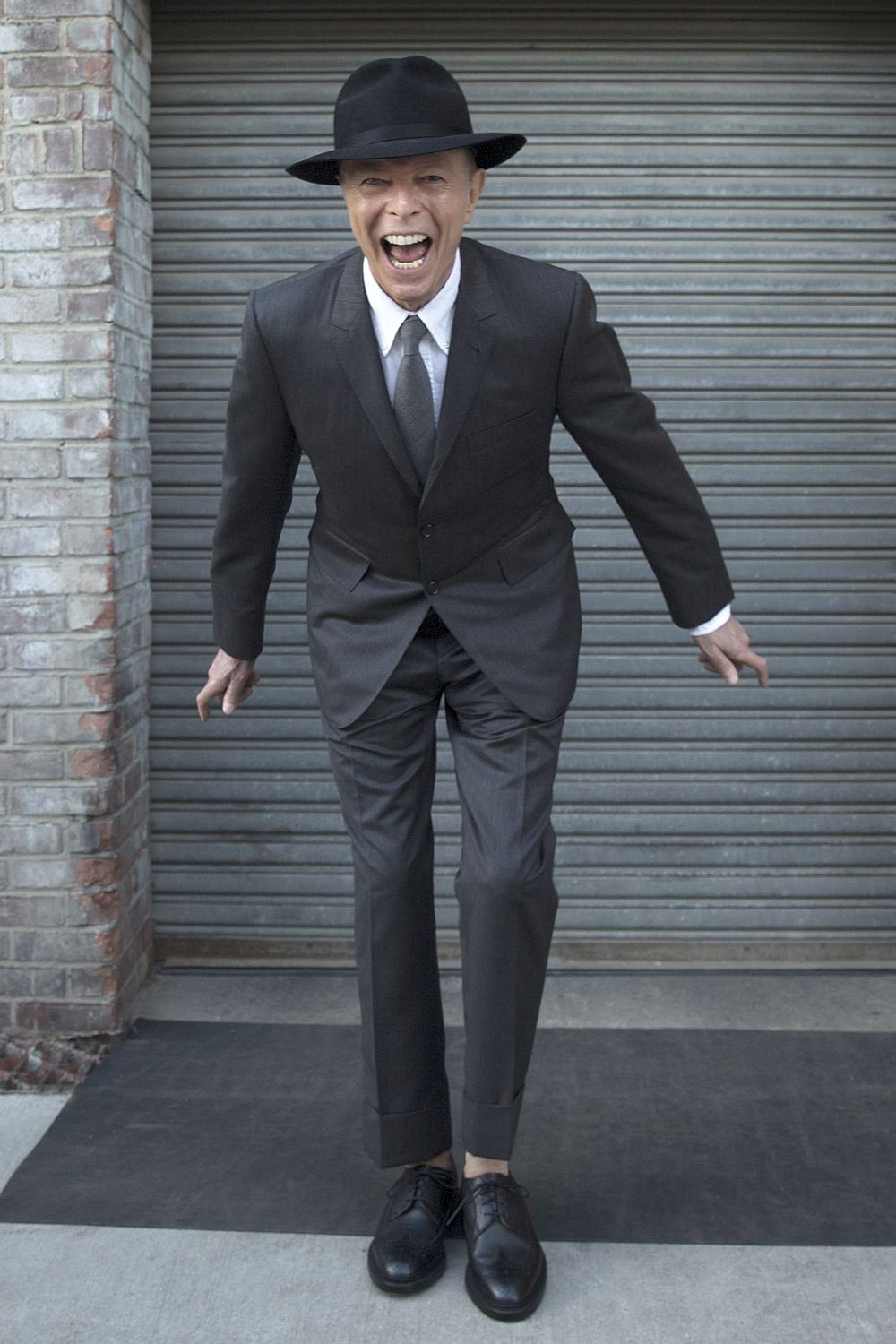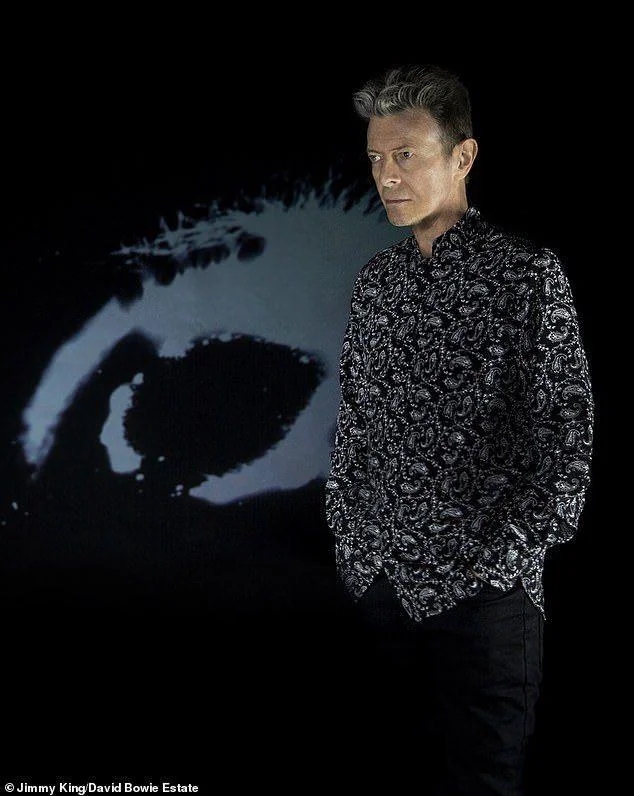To celebrate the great Stevie Wonder’s impending 74th birthday, we bring you 20 Deep Cuts from Stevie’s classic mid-70s era when the music he created will forever stand as some of the greatest ever made.

Stevie Wonder signed to Motown records at the age of 11, and by 20 he was a certified star. In 1971 at the ripe old age of 21, his existing Motown contract had expired so he negotiated a new deal on Tamla Records which saw him receive an unprecedented 14% of all royalties, and importantly, complete creative control.
Over the following five years, Stevie would release five albums of unparalleled brilliance; music brimming with positivity, funk and soul, and it would become known as his classic period. This collection of tracks highlights what happens when you give a brilliant artist the freedom to create. Select track to listen.
TRACKS:
- Don’t You Worry ‘Bout a Thing Innervisions
- Smile Please Fulfillingness’ First Finale
- Jesus Children of America Innervisions
- Please Don’t Go Fulfillingness’ First Finale
- Happier Than the Morning Sun Music of My Mind
- Joy Inside My Tears Songs in the Key of Life
- I Love Every Little Thing About You Music of My Mind
- Knocks Me Off My Feet Songs in the Key of Life
- He’s Misstra Know-It-All Innervisions
- You’ve Got it Bad Girl Talking Book
- Maybe Your Baby Talking Book
- Seems So Long Music of My Mind
- Love Having You Around Music of My Mind
- Summer Soft Songs in the Key of Life
- Tuesday Heartbreak Talking Book
- Lookin’ For Another Pure Love Talking Book
- Have a Talk With God Songs in the Key of Life
- Creepin’ Fulfillingness’ First Finale
- Visions Innervisions
- Love’s In Need of Love Today Songs in the Key of Life

In 1972, Stevie Wonder released the first of his five classic albums: MUSIC OF MY MIND (1972) ★★★★★. Inspired by the soulful genius of Marvin Gaye’s What’s Going On, this album was unlike anything Wonder had released before. On his preceding releases he was occasionally writing and playing keys. Here Stevie plays everything except guitar, displaying a breathtaking virtuosity both musically and vocally, and unleashing a full-length artistic statement with songs flowing together thematically. Opening with back-to-back epics ‘Love Having You Around’ and ‘Superwoman’, both colossal funk narratives clocking in eight minutes apiece, Stevie steers the direction towards the TONTO synthesizer, something he had been heavily into and loved experimenting with on his vocals. What resulted was a multi-dimensional LP, proving the artist had gone stratospheric creatively. The album was not hugely successful commercially, and even today remains somewhat underrated, perhaps it was too wild and experimental for his audience. They would come around.
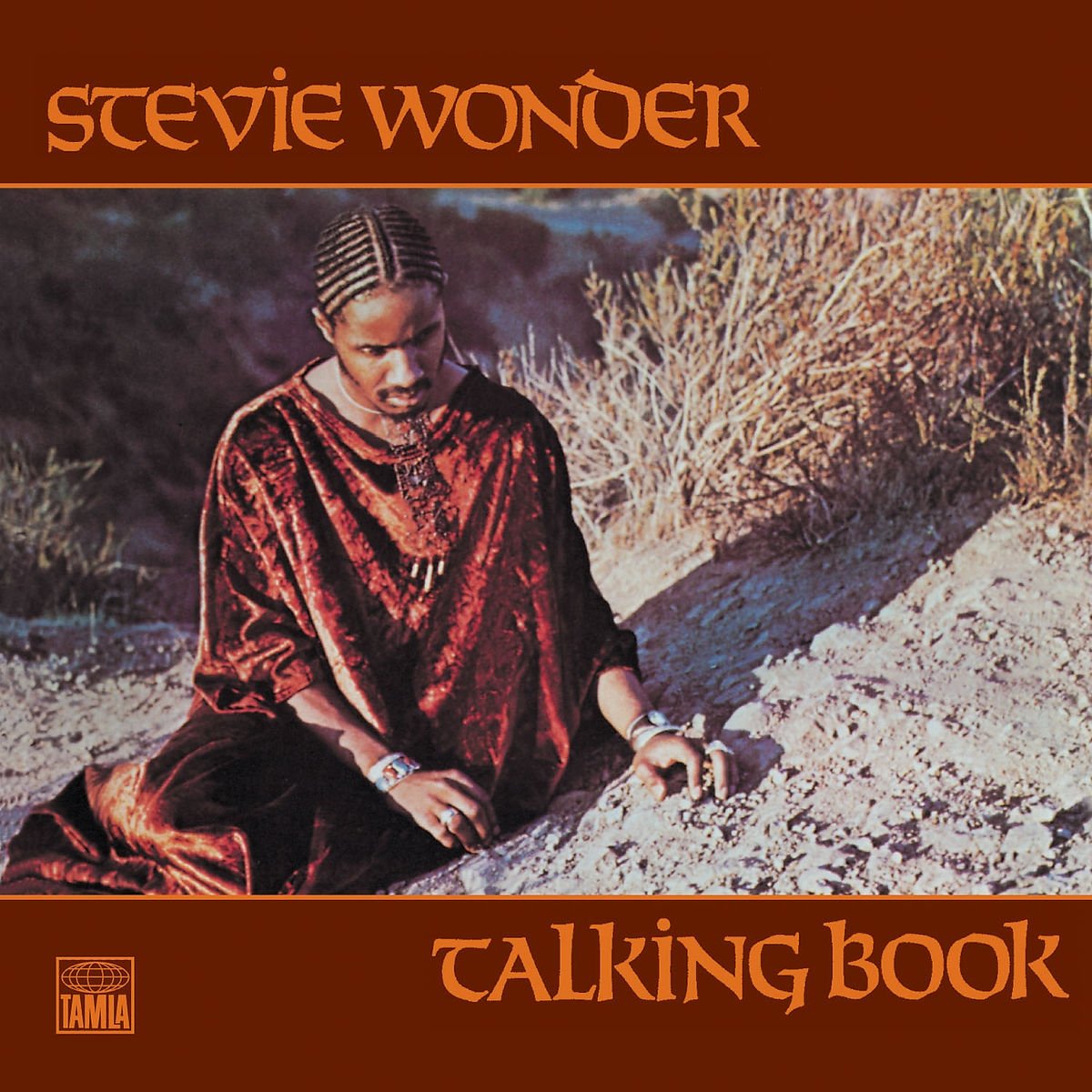
The follow-up album TALKING BOOK (1972) ★★★★★, was released only six months later and delivered a stark shift in sound and lyrical subject matter. Stevie’s Fender Rhodes and Hohner Clavinet textures were more up front this time, developing what would become his signature 70s sound. The lyrics touched on manhood (‘Lookin’ for Another Pure Love’), maturity (‘I Believe’) and spiky personal themes such as his recent divorce (‘Maybe Your Baby’). Again Stevie is all over this musically – his drumming is a major highlight on the timeless ‘Superstition’ for a start. His drums mesh with the congas and his bass drum/high-hat/snare work are as good as any drummer going around. There are more guest musicians on board this time too. Big names such as David Sanborn on sax and Jeff Beck on guitar both appear, and the artwork for Talking Book was also the first with a colour palette of browns and oranges which would be repeated thematically for the subsequent classic releases. The album launched an avalanche of Grammy’s and chart topping achievements which would also be repeated over the next three releases.

Stevie followed up Talking Book only nine months later with perhaps his finest album: INNERVISIONS (1973) ★★★★★. Incredibly, this was yet another step up in brilliance and musical expansion and something of a continuation on the themes and sounds of the previous LPs. Here we find Stevie tackling world issues such as politics (‘Mistra Know It All’), religion (‘Jesus Children of America’) and racism (‘Visions’), and again he plays the majority of the instruments, however it’s his vocals and lyrics that take things to another level. With a developing studio expertise and occasionally using the sounds of the street, Stevie creates a dazzling cinematic experience like no other. Lyrically cerebral, there is an increased social consciousness turned inwards on the man: he’s asking big questions, like on the prophetic and funktastic ‘Higher Ground’ to name but one. Following the release of yet another classic, Stevie Wonder was involved in a car accident that resulted in him being in a coma for four days – thankfully he would recover and use the experience as a spiritual epiphany and a challenge to his art.

Several months later he released the comparatively introspective FULLFILLINGNESS’ FIRST FINALE (1974) ★★★★★. This underrated album finds our hero pondering life, death, relationships, and God. It is slow and sombre at times and the expansive textures are toned down. There’s a lot more acoustic piano for instance and the lyrics talk about spirituality and the afterlife on more than a couple of occasions. There are some major highlights where Stevie shows us his prowess as a producer with exquisite opener ‘Smile Please’ and the vibrant soul album closer ‘Please Don’t Go’. As before, Fulfillingness’ First Finale is mostly the work of a single man mixing in reggae grooves and piano synth, and it’s refreshing to hear more songs devoted to the many and varied stages of romance. Despite more Grammy’s, it’s the calm before the storm and is seen now as the least heralded of the classic run, but an album well overdue for revaluation.

In 1975 Stevie took a break from touring and recording, only to unleash the following year his pièce de résistance, the stunning double album SONGS IN THE KEY OF LIFE (1976) ★★★★★. This saw a culmination of everything Stevie had been working towards thus far in his career. With Songs in the Key of Life he delivered a concept album about love and life and effortlessly achieved the pinnacle of his recording career with this far-reaching commercial and artistic extravaganza. Unlike the previous albums, Stevie surrounds himself with a host of talented musicians including Herbie Hancock and George Benson, and takes on production duties adding a personal touch to the sound and general feel of the album. Some of the best drumming of his career is here. Stevie’s perfectly in the pocket on this album, again it’s the lyrics that are the most striking of his career. He addresses a dystopian reality in ‘Village Ghetto Land’ and lands some of his finest songwriting ever can be found on this record (eg: ‘Knocks Me Off My Feet’). Stevie Wonder’s career was building to something like this, and succeeded in unleashing a work of unparalleled artistic genius. It was a massive seller and marked the end of his classic period, accomplishing what few artists could only dream of.


